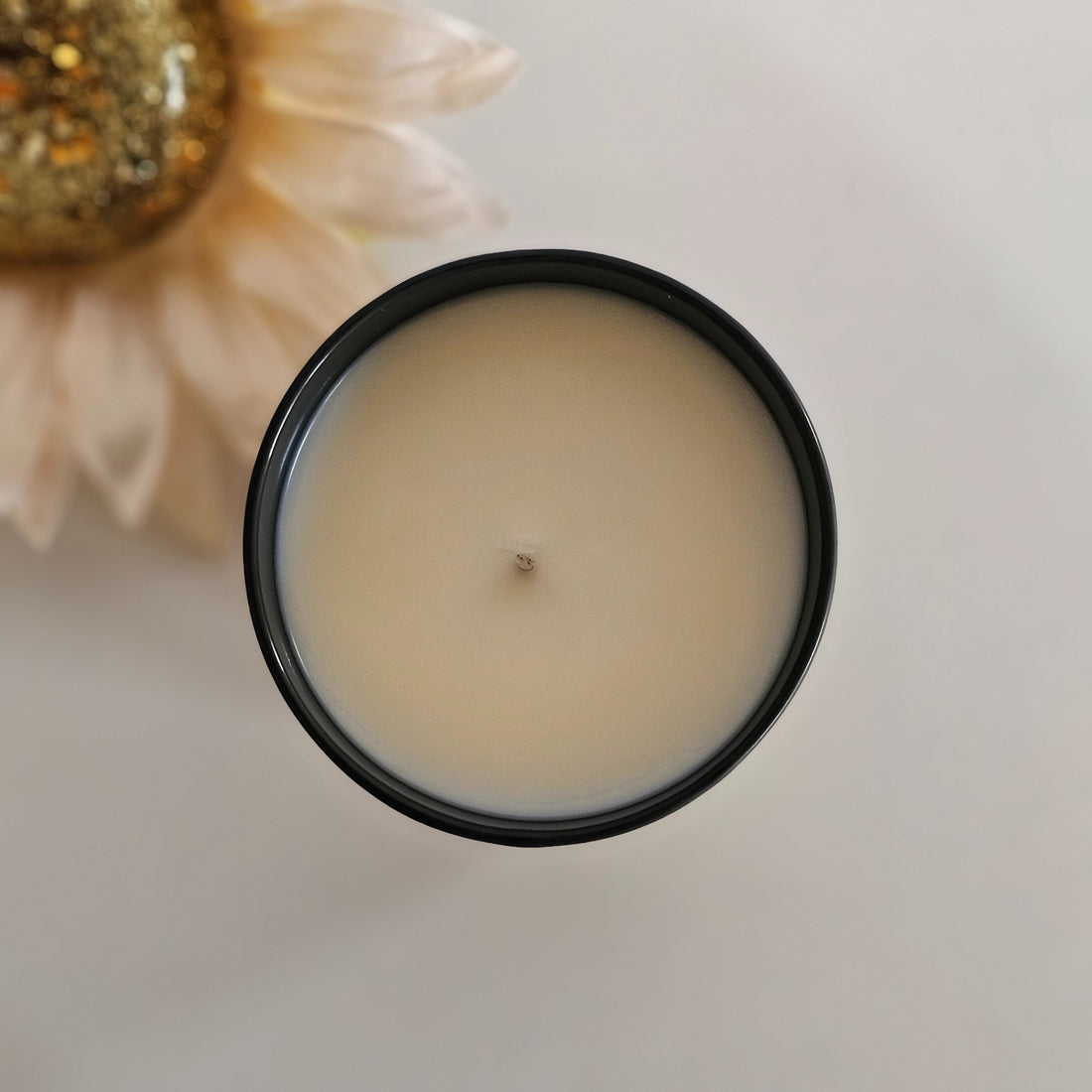
Can Candles Expire? Understanding Candle Shelf Life and How to Maximize It
Share
Candles are more than just sources of light; they are mood setters, ambiance creators, and, sometimes, even pieces of art. Whether you use them to unwind after a long day, enhance your home’s decor, or add a pleasant aroma to your living space, you might wonder: do candles expire? Let’s delve into the shelf life of candles, how to recognize when they’ve gone bad, and tips for extending their longevity.
Do Candles Expire?
Unlike perishable goods, candles do not have a strict expiration date. However, their quality and effectiveness can diminish over time. Various factors can influence how long a candle maintains its best condition, including the type of wax, fragrance, and how they are stored.
Factors Affecting Candle Shelf Life
-
Type of Wax:
- Paraffin Wax: This common wax type is relatively stable but can degrade over time, especially if exposed to fluctuating temperatures.
- Soy Wax: Soy candles are prone to developing a frosty appearance over time, which doesn’t affect their burn quality but can impact their aesthetic appeal.
- Beeswax: Known for its long shelf life, beeswax candles can last indefinitely if stored properly.
-
Fragrance and Essential Oils:
- Fragrances and essential oils in candles can lose their potency over time, typically within 1-2 years. This can result in a candle that burns well but lacks the strong scent it once had.
-
Storage Conditions:
- Temperature: Extreme temperatures can cause candles to sweat, warp, or crack. Keeping candles in a cool, dry place away from direct sunlight helps preserve their integrity.
- Humidity: High humidity can affect the wax and wick, potentially leading to a reduced burn quality.
- Exposure to Air: Candles stored without a proper seal can accumulate dust and debris, affecting both appearance and performance.
Signs Your Candle Has Gone Bad
-
Discoloration: Over time, candles may change color. For instance, white candles might yellow, and colored candles might fade. While this doesn’t necessarily affect performance, it can detract from their appearance.
-
Loss of Fragrance: If a once fragrant candle no longer emits a strong scent, the oils have likely degraded. This is a natural process and doesn’t mean the candle is unsafe to use, but the aromatic experience will be diminished.
-
Texture Changes: Candles that feel sticky, sweaty, or have an uneven texture may have been exposed to inappropriate storage conditions.
-
Cracks or Warping: Structural changes like cracks or warping indicate that the candle has been affected by temperature fluctuations or physical damage.
How to Maximize Your Candle's Shelf Life
-
Proper Storage: Keep candles in a cool, dry, and dark place. Consider using a cupboard or a drawer to protect them from light and temperature changes.
-
Seal Them Up: Store candles in airtight containers or wrap them in plastic wrap to protect them from air, dust, and humidity.
-
Regular Rotation: If you have a large candle collection, rotate them periodically to ensure you use older candles first.
-
Avoid Temperature Extremes: Don’t store candles in areas prone to high heat or freezing temperatures, such as attics, basements, or near windows.
Conclusion
Candles, while not having a definitive expiration date, can lose their optimal qualities over time. Factors such as the type of wax, fragrance strength, and storage conditions play significant roles in determining how long a candle will last. By understanding these factors and taking steps to store candles properly, you can enjoy their warm glow and pleasant aromas for as long as possible.
In summary, candles do not technically expire but their performance can degrade. With proper care and storage, you can maximize the lifespan of your candles and continue to enjoy their benefits long after purchase.